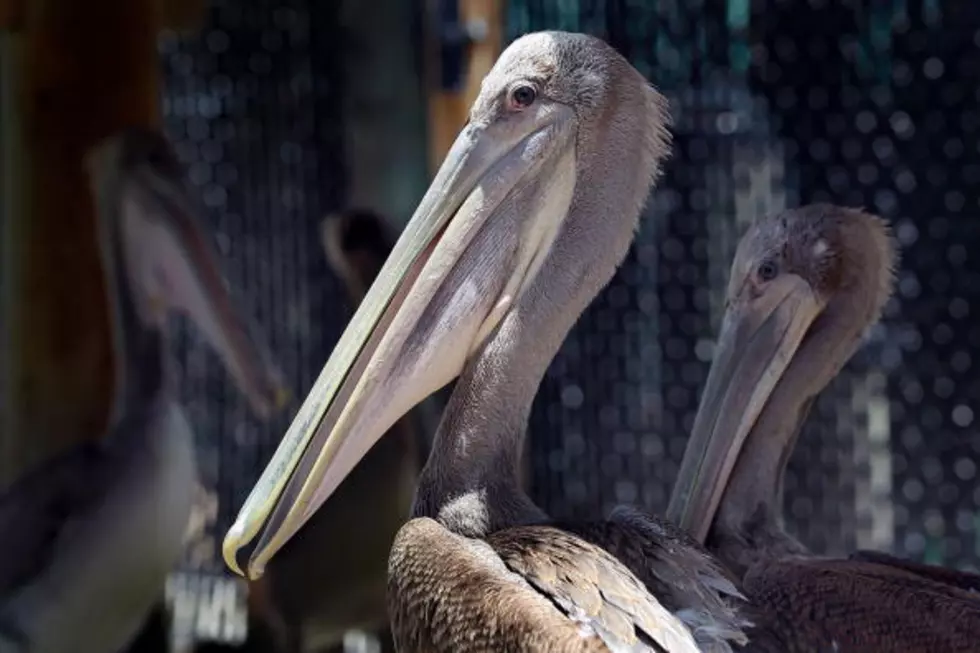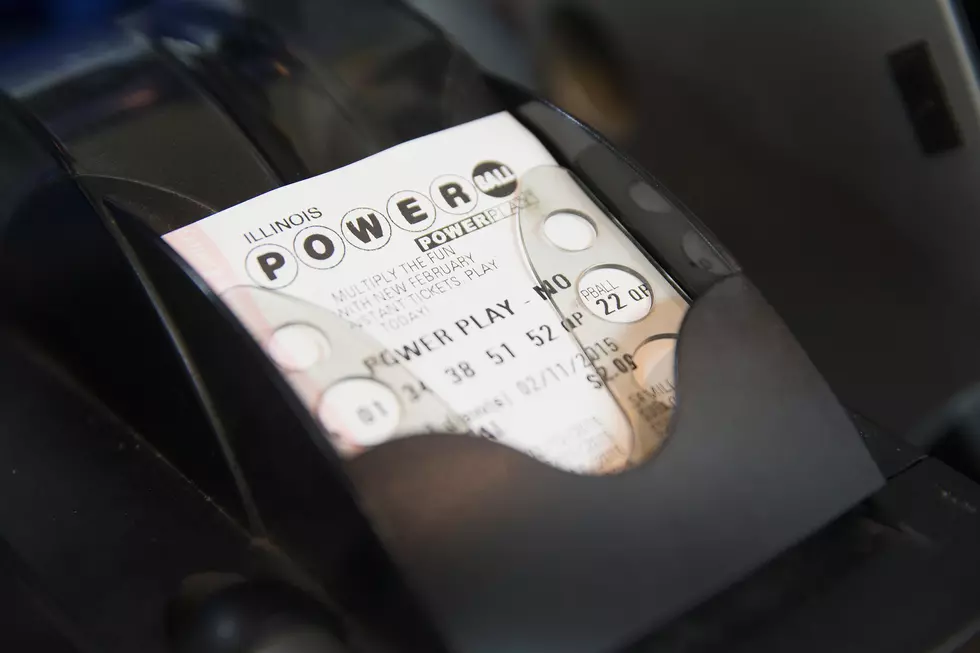
LDWF Hopeful for Funding for Queen Bess Island Renourishment Project
Fifty years ago, there wasn’t a single brown pelican to be found in the pelican state. The demise of the population can be traced back to the use of the pesticide DDT. But the population of the bird has since rebounded with more than 100,000 throughout Louisiana due to Queen Bess Island.
LDWF Nongame Bird Biologist Michael Seymour says the rejuvenation effort began in the late 1960s.
"Back in '68, some folks at Wildlife and Fisheries teamed up with colleagues from Florida. They captured some young brown pelicans from Florida. They brought those birds over to Queen Bess Island in Louisiana, which is north of Grand Isle," says Seymour of the early days of the early days of the return of the brown pelican.
Seymour says Queen Bess Island serves as a major nesting area for pelicans, but time has taken its toll on the island with erosion and the BP oil spill.
"With additional restoration of that island, and literally adding land to it and replanting with mangroves, we're hoping to get it back to its former days of several thousand birds," says Seymour.
Seymour credits the successful repopulation of the species in major part to the Endangered Species Act.
"As far as the successes of the ESA, brown pelicans are really a poster child. The recovery is maybe not a miracle, but it is pretty spectacular."
More From News Talk 96.5 KPEL





